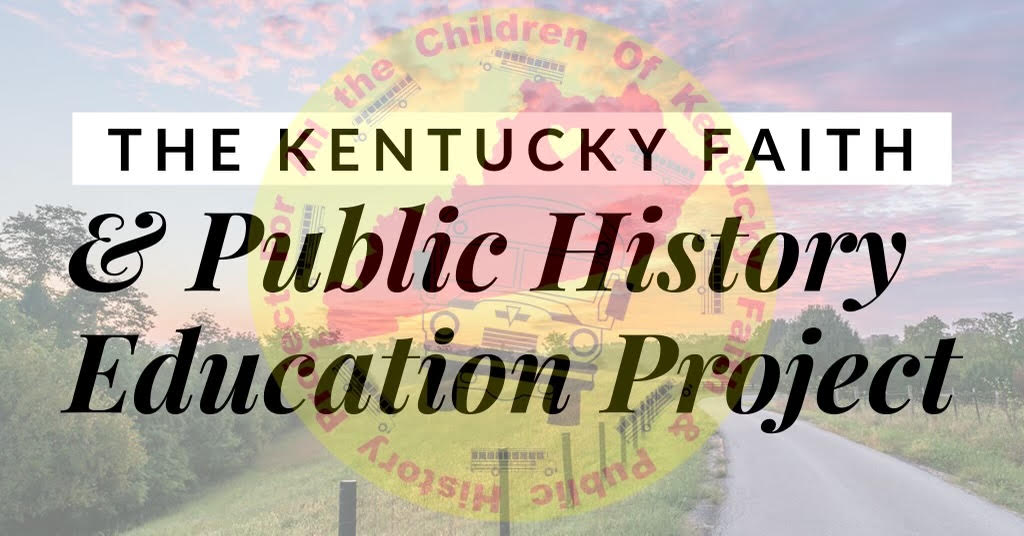At the Kentucky Faith & Public History Education Project,
when we identify a Kentuckian whose public statements indicate that he or she
was intentional about their Christian faith, we attempt to pinpoint how and
when this commitment started. We look for evidence that the person stitched
their faith into every aspect of their life, both personal and professional. We
search for what Christians may call their “testimony”. Our hope is to
demonstrate how Christianity is embraced and walked out in the normal everyday
lives of its adherents. Unfortunately, this search for public proclamations of past
Kentuckians’ Christian faith is quite difficult.
Take what we can find about Tony Snow, for example.
Tony Snow was born in Berea, Kentucky. He became a prominent
journalist on radio, a television anchor, a syndicated writer, a speech writer
for the first President Bush and the press secretary for the second President
Bush. He was not shy about writing or speaking about his faith, especially
after he was faced with the cancer that took his life in 2008 when he was just
53 years old. He wrote an essay about the blessings of cancer for Christianity
Today in 2007 in which he said:
“I
don’t know why I have cancer, and I don’t much care…Our maladies define a
central feature of our existence: We are fallen. We are imperfect. Our bodies
give out. But despite this – because of it-God offers the possibility of
salvation and grace. We don’t know how the narrative of our lives will end, but
we get to choose how to use the interval between now and the moment we meet our
Creator face to face.”[1]
Snow wrote many articles for The Jewish World Review
in which he was explicit about his faith. In 2005 he wrote this: “the last
few months — my time of surgery and chemo — have been the happiest and most
thrilling of my life. They have confirmed lessons that seem at once too good to
be true, and too important and vital not to be. Here is a short inventory:
Faith matters. Prayers heal. Love overcomes.”[2]
However, after his death, few of the many eulogies celebrated
his faith. Mollie Hemingway wrote: “While
the New York Times and the Washington Post found room to include
Snow’s salary at his White House job, neither of them mentioned his strong
religious views that were so integral to his outlook on life”[3].
The conclusion of her article notes that: “Considering all of the
material that could be drawn on, it is somewhat surprising that most major
coverage failed to mention Snow’s Christian faith”[4].
Perhaps what CNN journalist William Schneider said is true and “The press…
just doesn’t get religion.”[5]
Perhaps it would be more accurate to
think that the press mostly does not see the relevancy of religion. Some do. One
journalist, Bill Kristol, posed his own question as he thought about his
decades-long friendship with Tony Snow. “Watching him, and so admiring his
remarkable strength of character in the last phase of his life, I came to
wonder: Could it be that a stance of faith-grounded optimism is in fact
superior to one of worldly pessimism or sophisticated fatalism?”[6]
Our project and its purpose is to show that religion, and
specifically how the Christian religion is, for its practitioners, as Bill
Kristol surmised, a superior grounding both for living and for dying. Hence, we
bring Tony Snow’s faith forward as an example of Kentucky’s parade of
Christians whose lives and contributions were enabled and strengthened because
of the centrality of their religion. For us, it speaks to an essential question of relevancy.
©2021 By Lesley Barker, PhD
[1]
Tony Snow. ”Cancer’s Unexpected Blessings” in Christianity Today.
July 20, 2007.
[2]
Tony Snow. “Counting Our Blessings and Passing Them On” in The Jewish
World Review. Sept. 16, 2005. ONLINE at www.jewishworldreview.com/tony/snow091605.php3
. ACCESSED March 12, 2020.
[3]
Mollie Hemingway. Tony Snow, Catholic, Dead at 53. ONLINE at https://www.catholiceducaton.org/en/faith-and-character/faith-and-character/tony-snow-catholic-dead-at-53.html.
ACCESSED Jan. 28, 2021.
[4] Ibid.
[5]
Get Religion.org/contact. ACCESSED Jan. 28, 2021.
[6]
William Kristol. The Character of Optimism. The New York Times. July 14, 2008.
ONLINE at https://www.nytimes.com/2008/07/14/opinion/14kristol.html?hp
ACCESSED Jan. 28, 2021.



